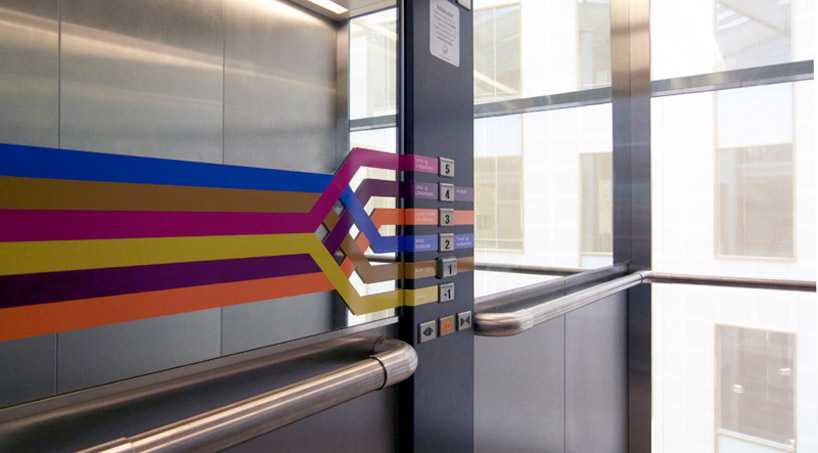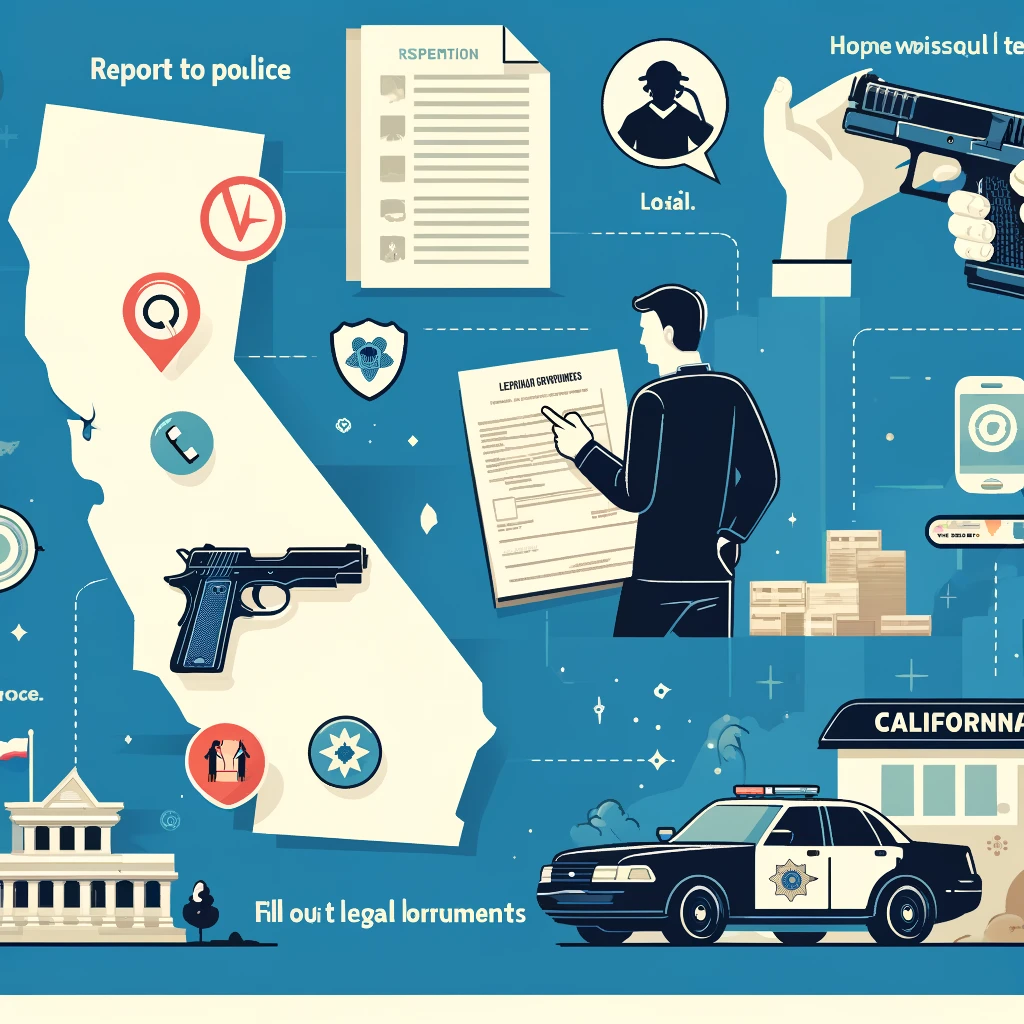A sign is more than just a display—it’s a powerful marketing tool that communicates a brand’s message, attracts customers, and enhances visibility. Whether it’s a storefront sign, a directional marker, or a promotional banner, sign design plays a crucial role in making a lasting impression.
Every element of sign design, from color choice to typography, contributes to how effectively the sign communicates its message. A well-designed sign is clear, visually appealing, and strategically placed to ensure maximum impact. Whether working with a professional sign company or designing a sign independently, understanding key design principles helps create effective signage that stands out.
1. The Psychology Behind Effective Sign Design
A great sign does more than provide information—it influences how people perceive a business. Sign design should appeal to emotions, guide decision-making, and reinforce brand identity.
1.1 Color and Its Influence on Perception
Colors evoke emotions and associations that impact how people interpret signage. Choosing the right color palette strengthens branding and enhances readability.
✔ Red: Creates urgency and excitement, commonly used in restaurants and retail.
✔ Blue: Associated with trust and professionalism, ideal for corporate and healthcare signage.
✔ Green: Represents growth, nature, and eco-friendliness, often used in organic and wellness industries.
✔ Black & White: Conveys sophistication and simplicity, commonly found in luxury brand signage.
1.2 Typography and Readability
Fonts play a key role in ensuring a sign’s message is easy to read from a distance. The best fonts for sign design balance style and clarity.
✔ Sans-serif fonts (e.g., Arial, Helvetica) are clean and modern, making them highly readable.
✔ Serif fonts (e.g., Times New Roman) convey tradition and elegance but may be harder to read in smaller sizes.
✔ Bold and high-contrast lettering improves legibility in various lighting conditions.
Selecting fonts with proper spacing and avoiding overly decorative styles ensures clear communication.
2. Elements of a High-Impact Sign Design
A sign company understands that every detail contributes to how effectively a sign performs. Here are the fundamental elements of a well-designed sign:
2.1 Size and Scale
✔ Larger signs ensure visibility from a greater distance.
✔ Proper proportions prevent overcrowding of text and images.
✔ Viewing distance considerations help determine optimal sign dimensions.
2.2 Contrast and Visibility
✔ High-contrast color combinations improve readability (e.g., black text on a white background).
✔ Illuminated signage enhances visibility in low-light conditions.
✔ Minimal text keeps messaging concise and digestible.
2.3 Graphics and Branding
✔ Logos and brand colors create a recognizable identity.
✔ Directional arrows and icons improve navigation on wayfinding signs.
✔ Consistent branding elements strengthen business recognition across multiple sign types.
A sign company ensures these components are carefully balanced to create a visually striking yet functional sign.
3. Sign Placement and Viewing Angles
Even the best-designed sign loses effectiveness if placed incorrectly. Sign install should consider traffic flow, line of sight, and surrounding distractions.
3.1 Factors That Influence Sign Placement
✔ Height: Signs should be at eye level for easy visibility.
✔ Distance: Signs placed too close or too far lose impact.
✔ Obstructions: Trees, buildings, or other signage should not block visibility.
✔ Viewing Speed: Roadside signs must be readable at driving speeds, requiring bold text and simple messaging.
Strategic placement ensures that signage is noticed, understood, and acted upon.
4. ADA Signs: Combining Compliance with Design
While aesthetics are important, certain signs must also meet legal requirements. ADA signs (Americans with Disabilities Act-compliant signs) ensure accessibility while maintaining visual appeal.
4.1 Key Features of ADA-Compliant Signs
✔ Raised letters and braille for visually impaired individuals.
✔ Non-glare surfaces to enhance readability in different lighting conditions.
✔ High-contrast colors to distinguish text from background.
✔ Proper mounting height to allow easy access.
A well-designed ADA sign balances compliance with branding, ensuring that accessibility does not compromise aesthetics.
5. Digital and Interactive Signage Trends
Technology has transformed traditional signage, introducing new ways to engage audiences. Digital displays, LED signs, and interactive elements create dynamic experiences that static signs cannot achieve.
5.1 Advantages of Digital Signage
✔ Customizable content that can be updated in real time.
✔ Attention-grabbing animations that increase engagement.
✔ Better visibility in different lighting conditions.
Businesses incorporating digital signage benefit from flexibility and modern appeal.
6. Common Sign Design Mistakes to Avoid
While effective sign design can enhance business visibility, poor design choices can reduce effectiveness.
6.1 Overcrowding the Sign
❌ Too much text overwhelms the viewer.
❌ Small details get lost at a distance.
✔ Solution: Keep messaging short and impactful.
6.2 Poor Color Combinations
❌ Low-contrast text is hard to read.
❌ Background and text colors that clash reduce clarity.
✔ Solution: Use high-contrast, brand-aligned colors.
6.3 Inconsistent Branding
❌ Different fonts and colors create confusion.
❌ Logo placement that doesn’t match other brand materials.
✔ Solution: Maintain consistent branding across all signage.
A professional sign company ensures that every sign follows best design practices to maximize effectiveness.
7. The Role of a Sign Company in Professional Sign Design
Working with a professional sign company streamlines the design and production process, ensuring a high-quality result.
7.1 Benefits of Professional Sign Services
✔ Expert knowledge of color theory, materials, and visibility standards.
✔ Access to advanced printing and manufacturing technology.
✔ Custom solutions tailored to business needs.
Companies like DesignElement Raleigh provide expert assistance in creating custom, high-impact signage that enhances business visibility.
8. Maintaining and Updating Signage for Maximum Effectiveness
A well-designed sign requires upkeep to remain visually appealing and effective.
8.1 Routine Maintenance Practices
✔ Cleaning signs regularly to prevent dirt buildup.
✔ Checking for damage such as fading, peeling, or broken lights.
✔ Updating content on digital or promotional signage to keep messaging fresh.
Keeping signage in excellent condition ensures long-term effectiveness and a professional appearance.
Final Thoughts: The Power of Thoughtful Sign Design
A well-designed sign is a silent but powerful marketing tool, guiding customers, reinforcing branding, and increasing business visibility. Whether creating a storefront sign, directional markers, or ADA signs, every design choice plays a role in how a business is perceived.
By understanding the principles of sign design, avoiding common mistakes, and working with a skilled sign company, businesses can ensure their signage captures attention and leaves a lasting impact.
Companies like DesignElement Raleigh specialize in creating signs that are not only visually striking but also functional and compliant. Investing in professional signage design is a smart strategy for businesses looking to strengthen their brand and improve customer engagement.
When done right, a sign isn’t just an advertisement—it’s a statement that tells the world who you are and what you stand for.






